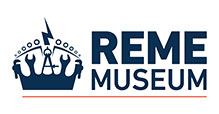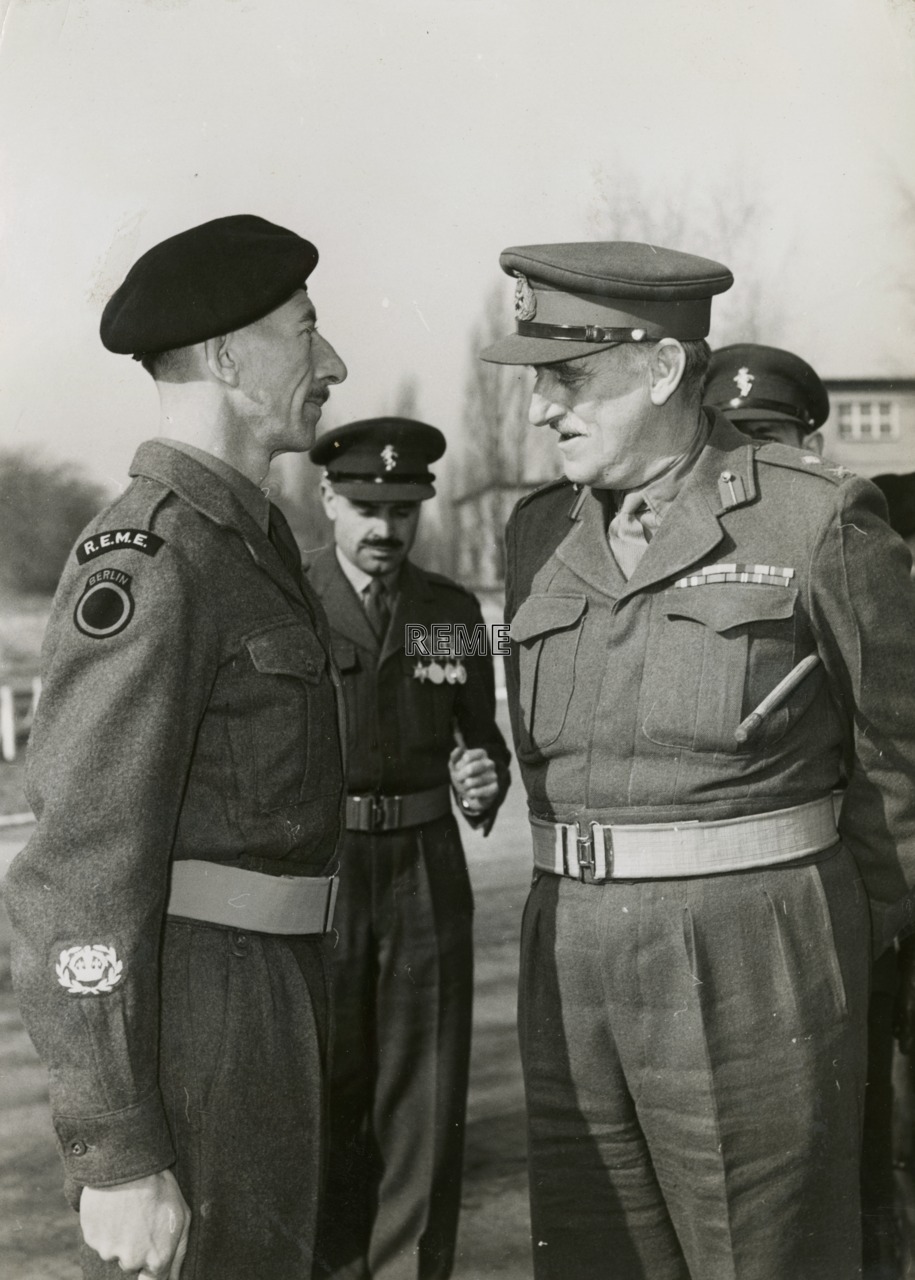To assist with your use of this website, we have compiled a series of guidelines and FAQs below. These intend to clarify how to search for images and the terms used in the descriptions of photographs. If you have any further queries or comments, please contact archives@rememuseum.org.uk.
Searching by keyword
The keyword search will look for terms included in the title and description of photographs. It does not support Boolean searches; searching for multiple words will only return items which contain all of those words. If you are struggling to find what you’re looking for, consider simplifying your terms, trying one keyword at a time, or browsing through the tags instead.
What is a tag?
A tag refers to a keyword that a photograph is linked to. There are preselected words relating to location, date, unit and themes that each photo is attached to accordingly. Once linked to a tag, photos are organised under the tabs seen in the top right corner of the website page. By clicking on these tabs you will find various categories within which you can view relevant photographs. Multiple tags can be attached to individual images, you may find the same image repeated under different tabs.
How are photos categorised?
According to recurring themes in the photographs, we have developed a set of categories that best describe the subject of the images. These come under four distinct groups: location, date, unit and themes. Every photo on the site is matched with the relevant categories as a tag, these are selected based upon our assessment of each photo. If you notice any errors or mislabelling, please contact archives@rememuseum.org.uk.
Can I access the name of an individual seen in one of the photographs?
Formal, commissioned and published photographs typically retain the names of individuals. Names have been written in natural order with initials or forename followed by surname; these can be searched using the search bar on the homepage. However, names and identifying information have been removed from some images, including those taken after 1990. If you would like to apply for a name check, please contact archives@rememuseum.org.uk.
The spellings of names have been kept as written but are not necessarily accurate. If you are searching for a particular individual, try out spelling variations, such as Tailor and Taylor or Mcfarlane and Macfarlane.
Can I search for acronyms and abbreviations?
Acronyms and abbreviations, where known, have been expanded for comprehension but their original form has also been retained in brackets, for example Craftsman (Cfn) Smith. However, where more well-known abbreviations have been used, these have been retained. As such, we recommend searching for the full term but some results will return for the shortened versions also. A list of abbreviations and acronyms commonly used in the albums, follows below. Please note that this list is not exhaustive and we will be developing it further:
Standard British Army Ranks
Maj Gen Major General
Brig Brigadier
Col Colonel
Lt Col Lieutenant Colonel
Maj Major
Capt Captain
Lt Lieutenant
2nd Lt Second Lieutenant
WO I Warrant Officer Class 1
WO II Warrant Officer Class 2
SSgt Staff Sergeant
Sgt Sergeant
Cpl Corporal
LCpl Lance Corporal
Pte Private
Cfn Craftsman (REME)
ATS Auxiliary Territorial Service
BAOR British Army of the Rhine
BARV Beach Armoured Recovery Vehicle
CREME Commander Royal Electrical and Mechanical Engineers
DDME Deputy Director of Mechanical Engineering
DME Director of Mechanical Engineering
FARELF Far East Land Force
FV Fighting Vehicle
IEME Indian Electrical and Mechanical Engineers
LAD Light Aid Detachment
OME Ordnance Mechanical Engineer
RA Royal Artillery
RAEME Royal Australian Electrical and Mechanical Engineers
RAOC Royal Army Ordnance Corps
RCEME Royal Canadian Electrical and Mechanical Engineers
RCT Royal Corps of Transport
RNZEME Royal New Zealand Electrical and Mechanical Engineers
SEME School of Electrical and Mechanical Engineering
WAEME West African Electrical and Mechanical Engineers
Can I search for vehicles or equipment?
Many vehicles and pieces of equipment are identified in the description but many more are not. As such, they are best searched for by browsing the appropriate grouping in the themes tab. However, all registration numbers visible have been included in the descriptions and are therefore searchable.
Browsing the tags
Location
The locations tab displays a World map with markers identifying the locations where the photographs were taken. Clicking on a white marker will bring up images from a single location while red markers suggest that multiple locations are listed. Zooming in further on the map will disperse locations, highlighting specific places.
Alternatively, images are grouped at the bottom of the page according to much broader locations.
If you have any queries, please email archives@rememuseum.org.uk.
How can I search for a particular location?
The keyword search should allow you to find photographs related to a particular location, however, there are a couple of things to consider:
• Name changes – Where used in original descriptions, contemporary place names have been used. Modern place names are also provided such as ‘Burma (Myanmar)’, where possible.
• Unit movement – As the location of units and workshops may have changed over time, the contemporary location of units, as provided in original descriptions, is given. If you need help tracking the location of a unit, please contact archives@rememuseum.org.uk. Alternatively, try searching for the unit itself, or browsing the unit tab.
• Operation/organisation boundaries – the name of a force does not always line up to the physical locations as expected, particularly when looking at an individual’s service. One example of this is the British North African Force (BNAF) which moved into Italy, despite later operations coming under the umbrella of Central Mediterranean Force. As a result, there can be pictures taken in Sicily with North Africa in the title or description. Similarly, the battles in Egypt, such as the famous second Battle of El-Alamein, were fought by units under the BNAF banner despite Egypt normally being considered part of the Middle East. The location used to tag the image will be its physical one, where given, but be aware that the title may name a force that doesn’t appear to match its physical location. Those without a location specified might be in a neighbouring area.
• Specific vs broad – Where a specific location for an image is known, the country should also be included in the description e.g. Rheindahlen, Germany, however where one is not known, the location given will most likely be based on the album and so is likely to be very wide – as such, we recommend first searching the town and then country with the keyword search before moving on to browse the groupings on the location tab.
Dates
Images are grouped by decade but the majority of images will also have a more specific date at the end of their description (where known).
If you are looking for a particular conflict, such as World War II, please check the themes tab instead.
Units
In this tab you can search for images by unit type. These are not specific to each individual unit, for example, all Infantry Workshops will be grouped together. Where a unit’s status is as a Light Aid Detachment (LAD), this will take priority over the parent unit’s type.
It is worth remembering that units were often renamed or amalgamated with other units. Numbers, and sometimes full names, were reused when creating new units. Information on the history and development of a unit may help with your search. Thus if you are looking for someone who served with 10 Field Workshop, you could also check under 10 Airborne Workshop or 10 Divisional Support Workshop, as these were previous names, as well as checking 3 Field Workshop, who were merged into 10 Field Workshop. As this research is not always possible, cross-referencing with the years they were in a unit will help you to narrow things down tremendously.
Themes
Images are arranged by type of photograph or by the activity taking place. There will inevitably be some overlap, such as sports photographs and group pictures where team photos will be present in both. This is to allow you to browse without having to consider which other groupings might be relevant.

